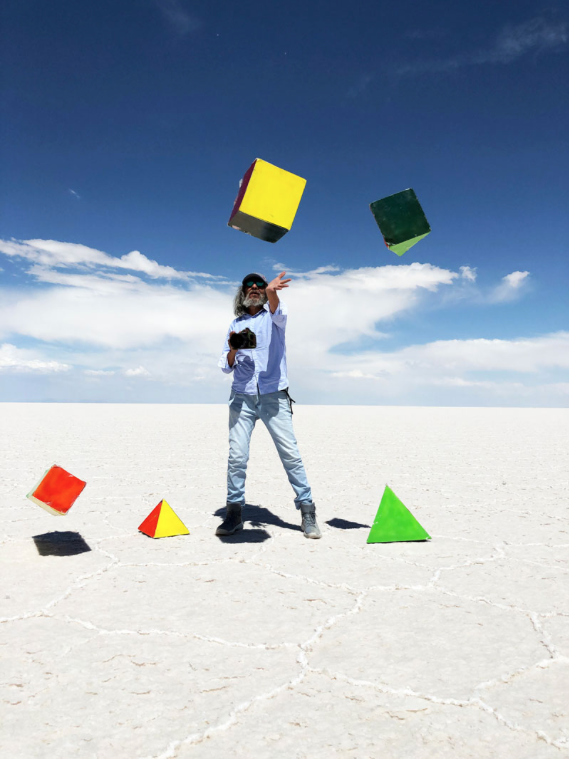Gastón Ugalde
"Art is all we have left": Gaston Ugalde
When visiting La Paz Bolivia, it is hard to coincide with artist Gastón Ugalde because he is usually at the Uyuni Salt Flats, one of the driest places on earth with a stark landscape of blue skies over an infinite white earth made entirely of salt. Uyuni is Gastón´s natural open studio and a white canvas where he explores his eternal love affair with this land.
Flying weavings II
2012 Inkjet print on cotton paper 120 x 180
Shipping requires special handling. Please contact our team of experts for an estimated cost.
Textiles are one of his main subjects and objects. “I was born and I live with textiles”, he affirms, “I am obsessed with the beauty of their colors and textures and how each thread weaves political and anthropological concepts.” Gaston has been collecting pullus or blankets for fifty years along with fragments and scraps that he uses for his sculptures, collages, performances, and photography.
Frazadas, aguayos, llicllas or blankets are used in the Andes to protect against the low temperatures in high altitudes. Dating back to Pre-columbian times and made with wools from the region (camelids or sheep), they are usually colorful and have linear designs. Women use them to carry babies, food and as a complement to their clothing. Men, to bring their tools to the fields and they are also used as ritual elements to wrap the coca leaves or the harvests.
In the art scene, Gaston Ugalde is Bolivia´s most famous artist refered as the Andean Warhol by many critics with work that ranges from classic paintings that decorate the presidential palace to edgy performance and land art. His work has been exhibited at different biennales like Venice, Sao Paulo, Paris, and Habana, among others. He has received numerous awards like the 2002 Mercosur Konex Award , has had over 90 solo shows and hundreds of collective exhibitions. Ugalde´s nature is that of an explorer full of curiosity and crazy ideas, a true “enfant terrible” with half a century of adventures where video places and important role as he is considered a video-art pioneer in Latin America.
One of the most important textile related works by Ugalde is called Marcha por la vida (march for life) and was exhibited in 2009, at the Latin American Pavilion as part of the 53rd Venice Biennale. This important work features a patchwork of traditional Inca and Aymara blankets referring to weaving as a practical and metaphorical act of protection and warmth. The huge blanket was then intervened again and tied in a knot as to halt its protective nature and create a commentary where the continuation of the textile metaphor stops.
My very best wishes and happy shopping,
Marisol Mosquera



